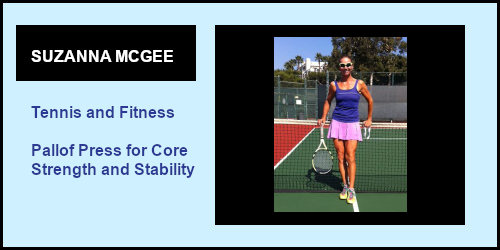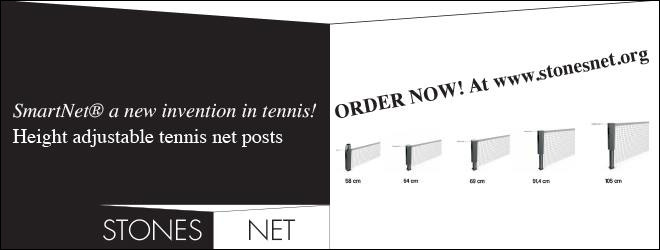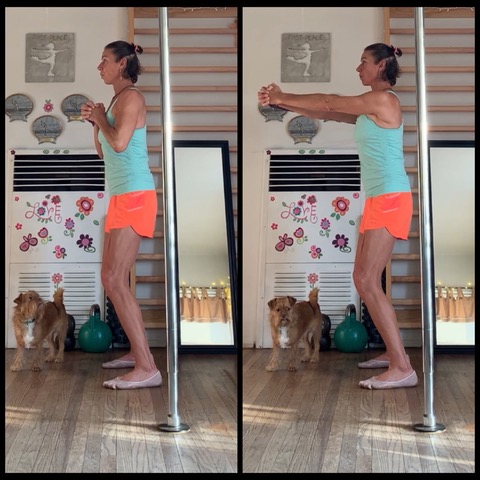|

|
Pallof Press for Core Strength and Stability Pallof press will benefit all athletes and fitness warriors by strengthening the deep core muscles and working all the muscles that influence trunk rotation. Pallof press works as a spine anti-rotation stabilizing exercise, addressing the local and global muscles around the core. It works as a rehabilitation exercise for back pain, prehabilitation, or strength exercise. There are many muscles in many different layers in the trunk region. The "local" muscles are muscles that cover small segments and attach to the spine, such as multifidus, rotator muscles, and TVA (transverse abdominis). The global muscles stabilize and control the motion of the spine and often cover larger segments and do not directly attach to the spine. These muscles are rectus abdominis, erector spinae, obliques, and even lats. |

|

|
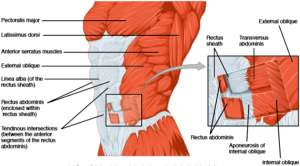 |
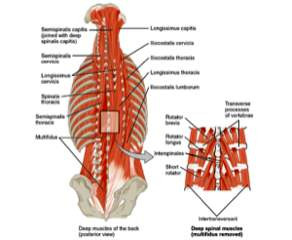 |
|


